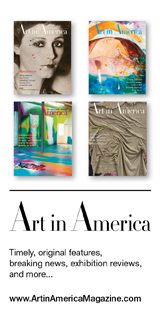"Ugliness, in the cry of the beholder" by Ian Ground
News from the Web
When considering design one often strives to create the most beautiful solution to the design problem they are faced with. In Ugliness, in the cry of the beholder, written by Ian Ground for the Times Supplement in July 2016, Ground reminds us that sometimes ugly can be just as relevant.
The ugly is a very intractable concept: as anomalous, messy, irregular, unsettling and ultimately unsurveyable as the phenomena it characterizes. The ugly sits squat and tumorous at some hidden place in our body conceptual, reaching out to unexpected points while conspicuously absent in more expected places. It touches sensitive places in our psyche and culture, for example in its connection with issues of deformity, otherness and gender. It is a concept horribly well connected, as Mojca Küplen points out, with ideas such as “alienation, estrangement, dehumanization, destruction, degeneration, disconcertion, absurdity, and with emotions evoking terror, horror, anxiety and fear”. The concept of ugliness, though, has sufficient shape and regularity to reward the philosophical attention which these three books supply, but, as we learn in different ways from all of them, it seems to wilfully frustrate the demand for a consistent and satisfying explanation. The concept’s misshapenness and eccentric centre of gravity mean that even its relation to the beautiful is not cleanly binary. As Gretchen E. Henderson notes in Ugliness, the beautiful and the ugly are like “stars which fall into one another’s gravity and orbit one another”, but their orbit is a highly eccentric one which no Keplerian law of symmetry could hope to describe.























